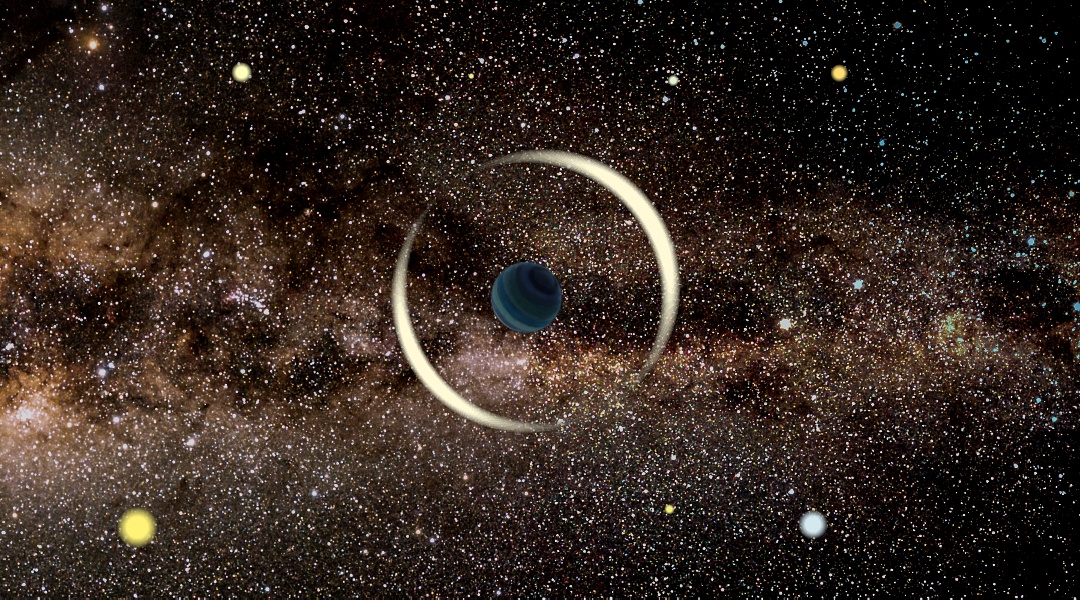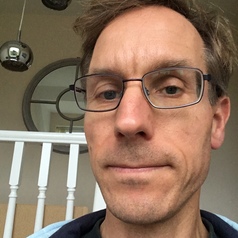
Jacco van Loon
I studied at the University of Amsterdam and spent two years at the European Southern Observatory before graduating with a philosopher's degree. I then spent another two years as a researcher at Cambridge University before becoming a lecturer at Keele University.
My research concentrates on "Stellar Ecology": the interplay between stars and their environment. Stars form from dense clouds of gas and dust, most of which was previously burnt inside stars and ejected by them as they died. This mass-loss process can happen in different ways, via winds or explosions. Much of my research is aimed at understanding how these mechanisms work. In order to better understand the impact of the ejecta on the future of their host galaxies, I investigate the small-scale structure of the diffuse interstellar medium.
My work is observationally driven, using the largest facilities in space (e.g., the NASA Spitzer Space Telescope) and on the ground (ESO Very Large Telescope, radio telescopes, et cetera), and my Ph.D. students have gone on several observing trips to Chile and Australia. But I am interested also in developing theoretical frameworks for interpreting these observations.
In 2007 I was awarded a Leverhulme Research Fellowship, to work on the neighbouring spiral galaxy Messier 33 together with an Iranian Ph.D. student. This has led to a new technique to determine the star formation histories in nearby galaxies. My future work will probably take me to more distant galaxies, to understand how the Universe evolved to the way it appears to us now. Indeed, I have started to work more on the effect that supermassive black holes in the centres of galaxies have on how these galaxies evolve.
I am also intrigued by the human connection with space - the Philosophy of Science, Reality and Mind, and I am Faculty of Natural Sciences Director for Public Engagement and Director of Keele Observatory.
Latest articles by Jacco van Loon
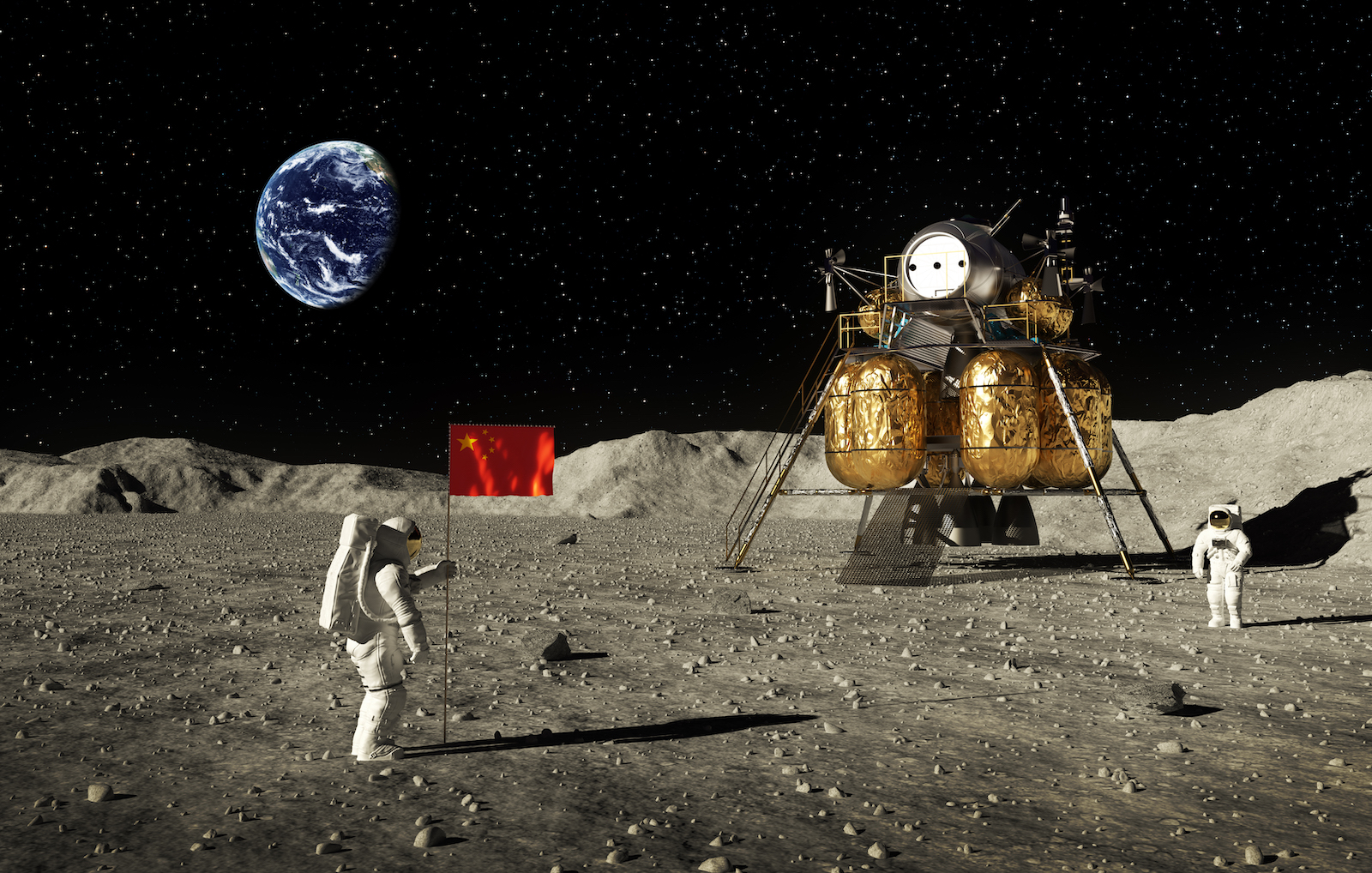
The US is now at risk of losing to China in the race to send people back to the Moon’s surface
By Jacco van Loon published
In all, 12 Americans landed on the lunar surface between 1969 and 1972. Now, both the US and China are preparing to send humans back there this decade.
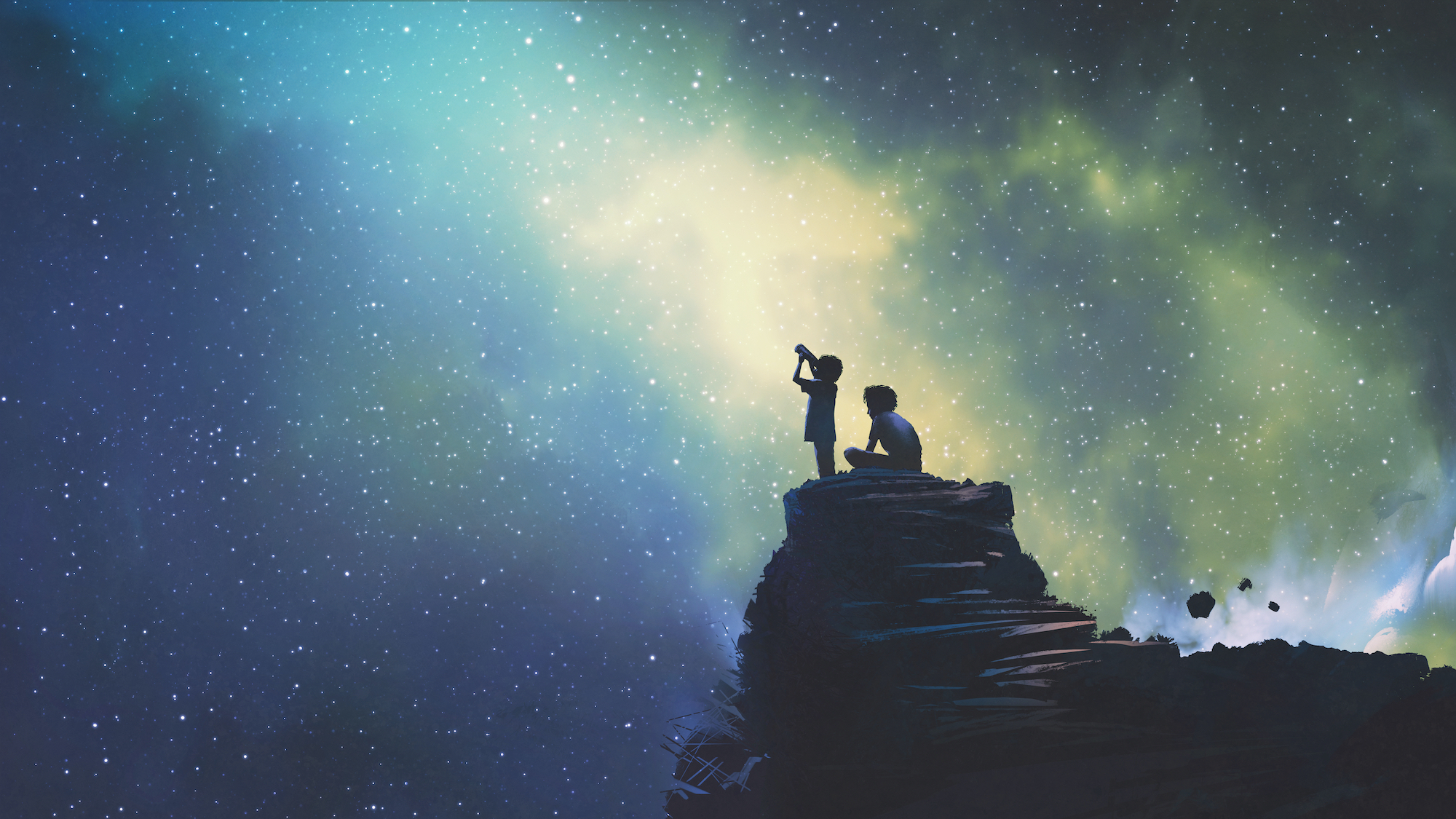
Curious Kids: Is it possible to see what is happening in distant solar systems now?
By Jacco van Loon published
If a distant solar system is millions of light years away and so we see it as it was millions of years ago, how can we see what it looks like now? Parul, aged 13, Sri Ganganagar, India
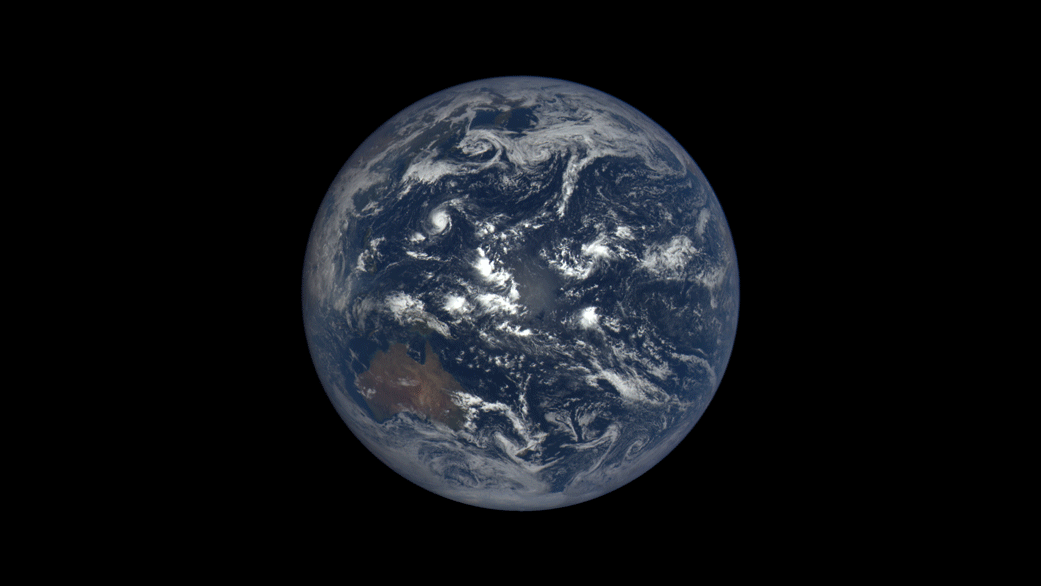
Could the Earth ever stop spinning, and what would happen if it did?
By Jacco van Loon published
If Earth were to stop spinning but continue to orbit the sun, a "day" would last half a year, and so would the night.
Get the Space.com Newsletter
Breaking space news, the latest updates on rocket launches, skywatching events and more!

